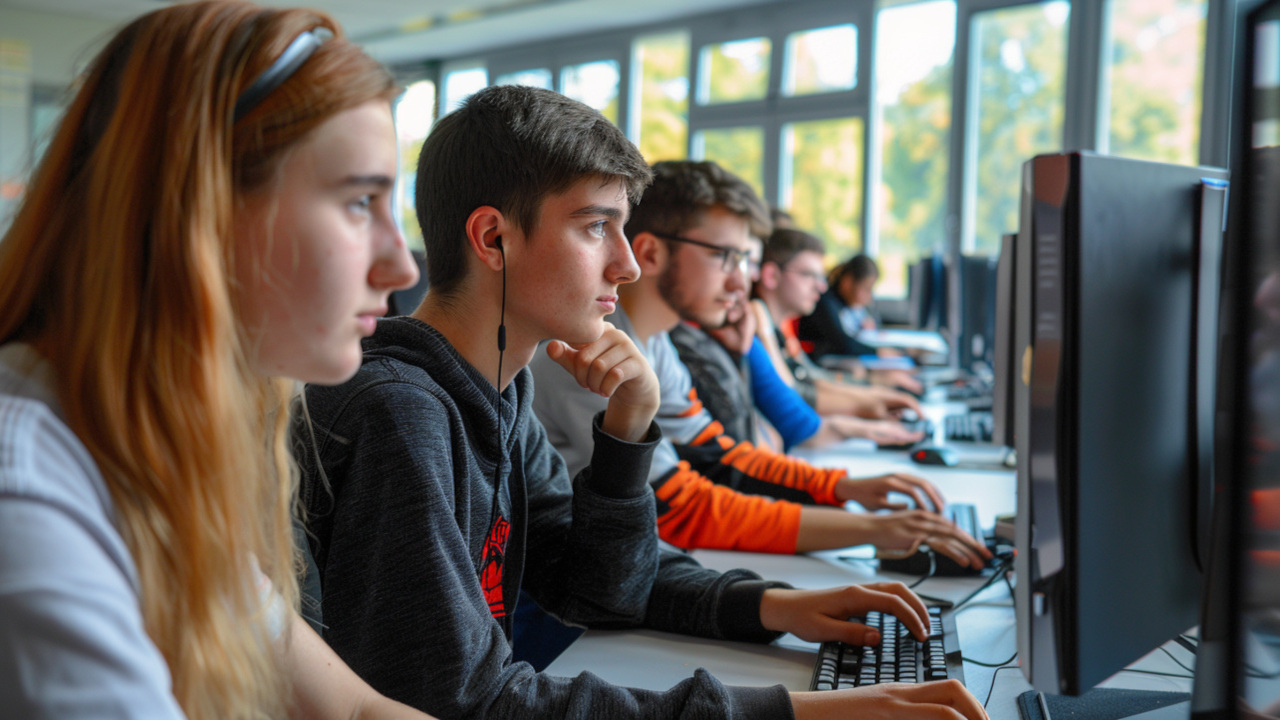

In mid-February this year began the selection of topics for the next edition of the “Team Project Conference” organized at Wroclaw University of Technology. The event is an element of the educational process prepared for third-year students of the WIT and WEFiM faculties. The topics of the projects were submitted by Wroclaw companies – the companies also participate in their implementation. The end of the project is a conference where students publicly present their achievements.

The first time an event of this type was held in 2013, and Neurosoft was one of the companies initiating the event. Year after year, the number of company-participants increased, and the Conference became a permanent part of the schedule of undergraduate studies.
This year Neurosoft has prepared four typically “neural” projects to choose from. A key element in each of these projects is the use of neural networks and machine learning:
NeuroDoc – “intelligent search engine based on LLM”. – The goal is to develop an intelligent documentation search engine using modern natural language processing technologies (LLM – Large Language Models) and the RAG (Retrieval-Augmented Generation) method. The system will allow fast and intuitive search for information in large data sets, such as technical documentation, scientific articles or textbooks….
NeuroPark – “estimation of 3D solids of vehicles in real time” – the goal is to develop a method of estimation of 3D solids of vehicles in real time on the basis of 2D image analysis for the NeuroPark parking space detection system. The input signal is an image from a calibrated camera, possible data from other subsystems: positions and sizes of detected vehicles in the 2D image, approximate direction of positioning. The data is provided by Neurosoft.
NeuroSLAM – “multi-sensory SLAM”. – The goal is to develop a database of recordings for research and development of a dedicated multisensor SLAM (Simultaneous Localization And Mapping) algorithm. It is also envisaged to develop a solution for real-time 3D map generation using the Hailo-8 coprocessor. The data sources used will be: two synchronous wide-angle cameras (stereovision), 3D lidar (multi-sensor), IMU (inertial measurement unit), GPS, Aruco patterns.
NeuroTron – “gas pedal for neural computing”. – The aim of the project is to design and develop a budget student computing server capable of processing large neural network models, such as DeepSeek R1 or Llama3, with optimal performance at minimal cost. The project also aims to provide insight into infrastructure optimization for artificial intelligence.
Implementation of the projects begins from March 3 this year. More details can be found on the Conference website, at: https://kpz.pwr.edu.pl.